In the realm of hardware components, the fusion of forging and machining technologies stands as the cornerstone of precision and durability. Forging, a time-honored process, involves shaping metal through controlled deformation, resulting in robust and resilient components. This technique ensures superior strength, making forged hardware parts ideal for applications requiring heightened structural integrity.
Complementing forging, machining adds finesse to the manufacturing process. Leveraging cutting-edge CNC technology, machining refines components with unparalleled precision, creating intricate designs and exact specifications. The marriage of these two techniques propels the hardware industry into a realm of excellence, where forged and machined parts converge to deliver unparalleled performance. Whether it’s automotive components, industrial machinery, or consumer electronics, the synergy of forging and machining technologies defines a new standard of quality, setting the stage for innovation and reliability in the ever-evolving landscape of hardware manufacturing.
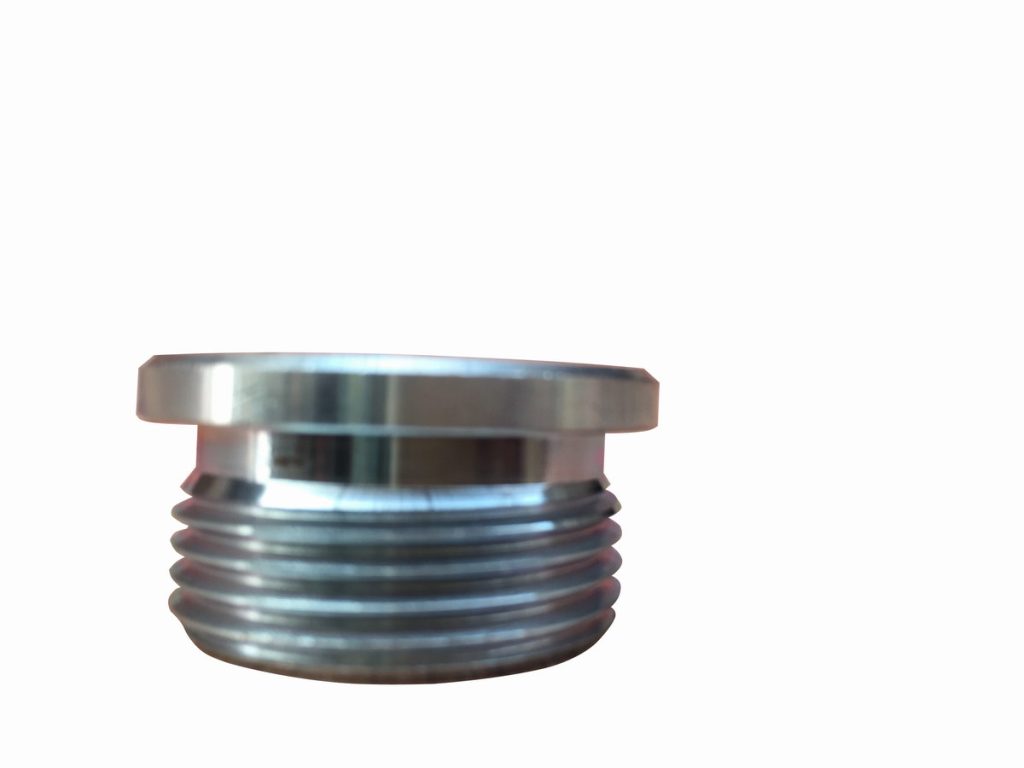
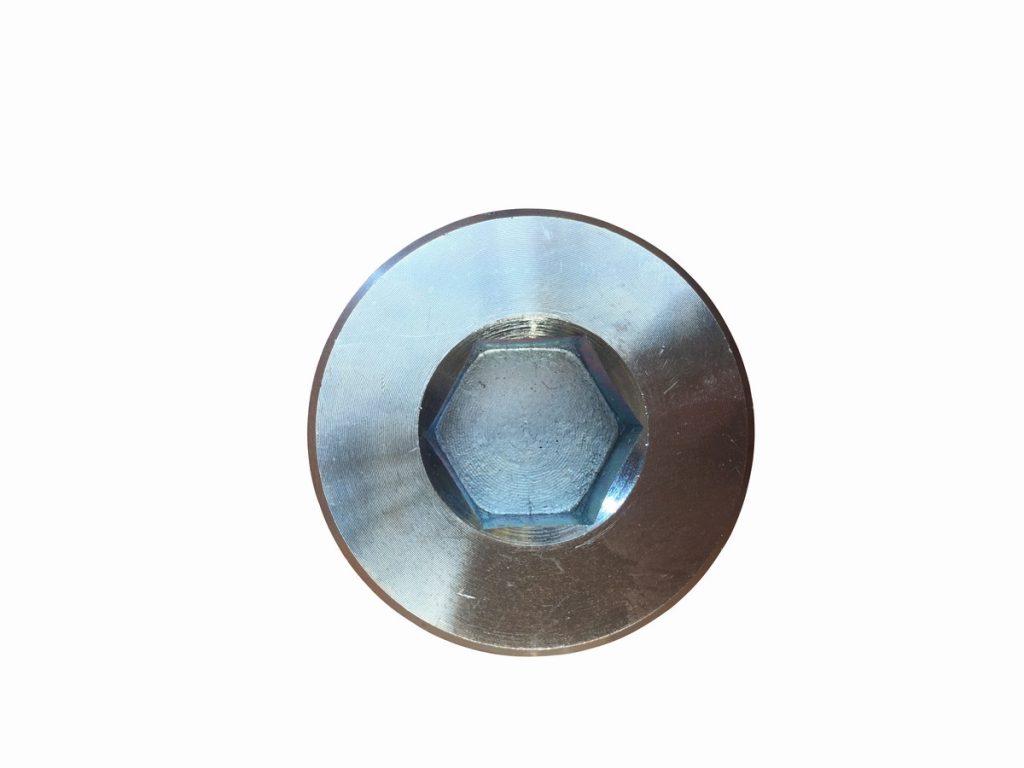
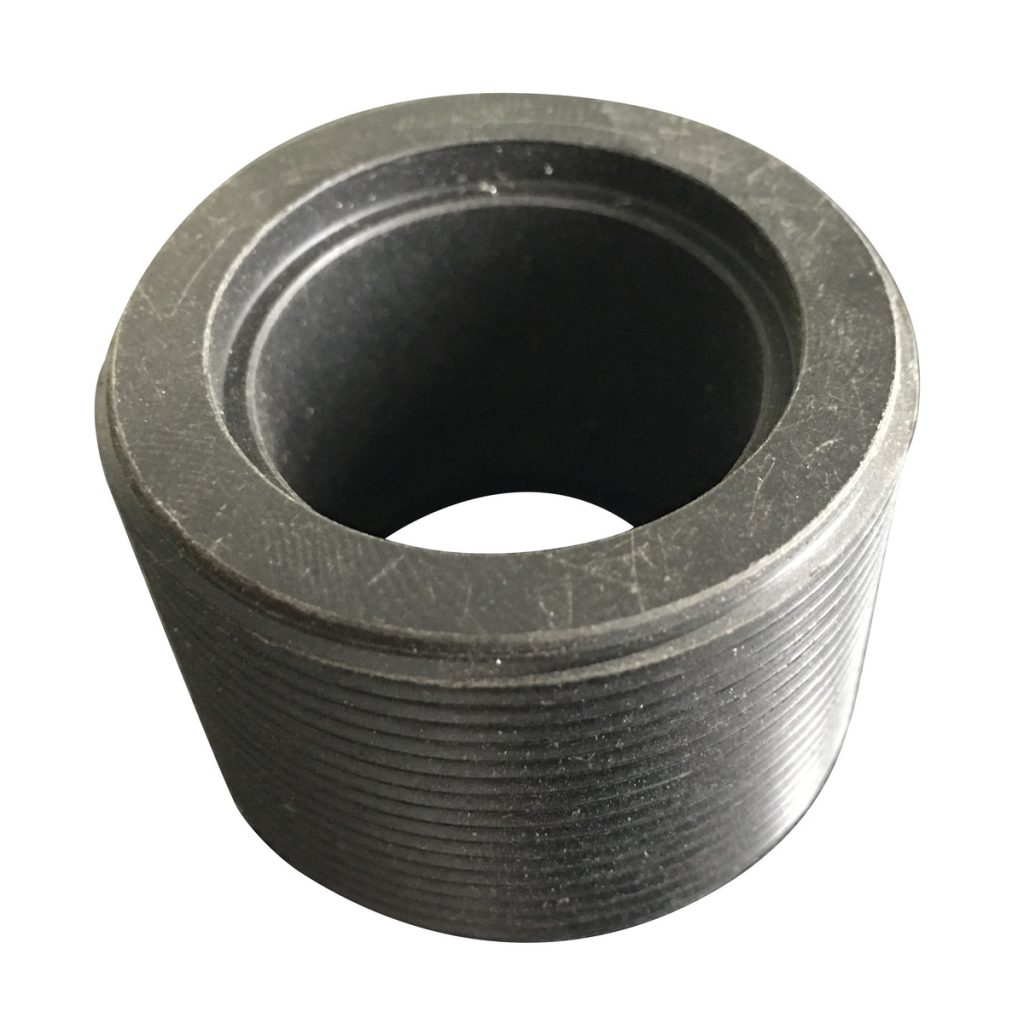
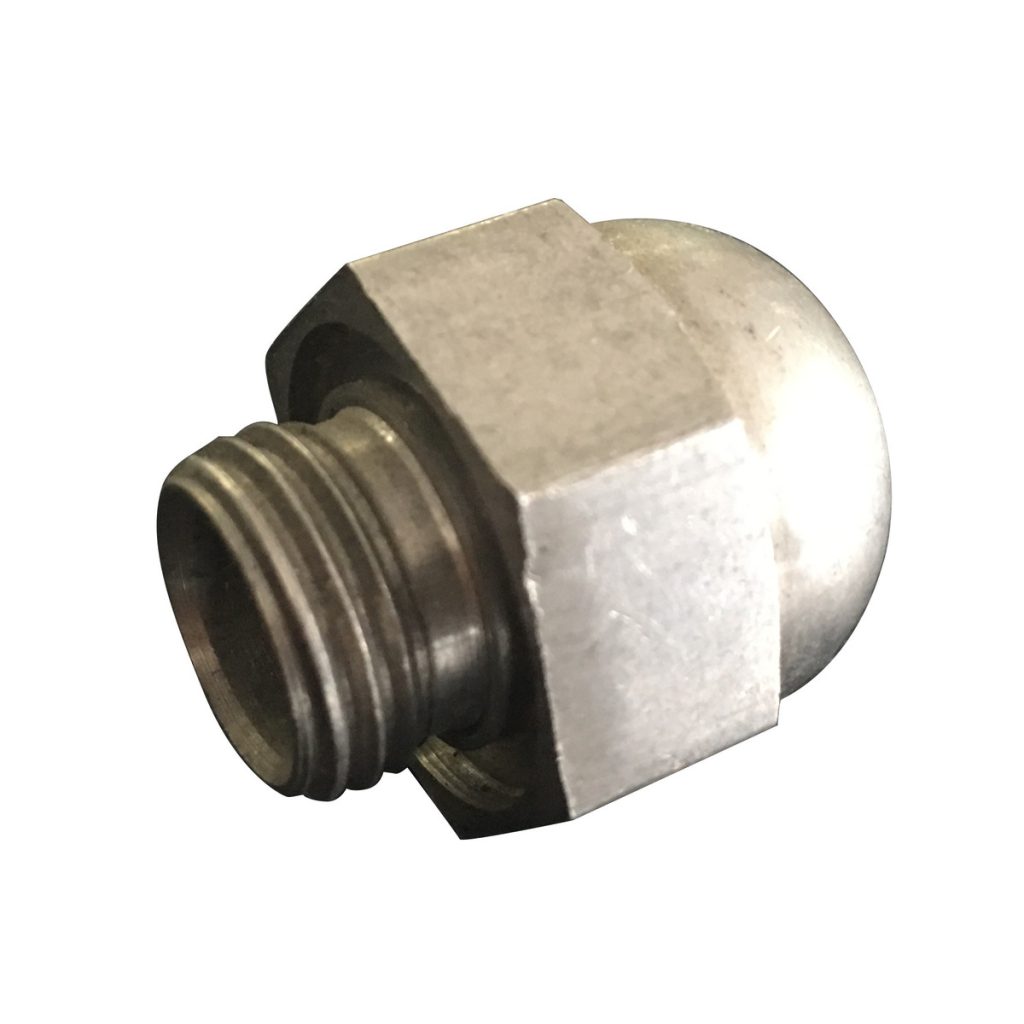

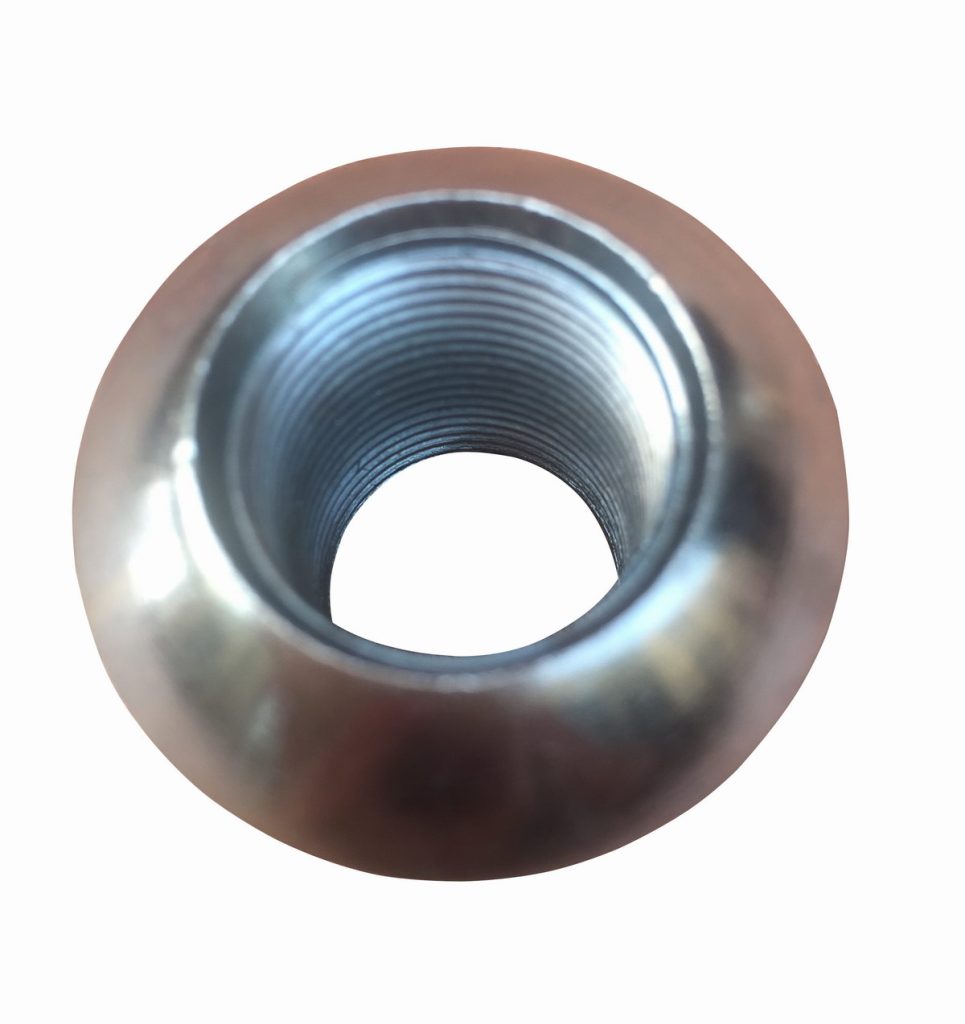
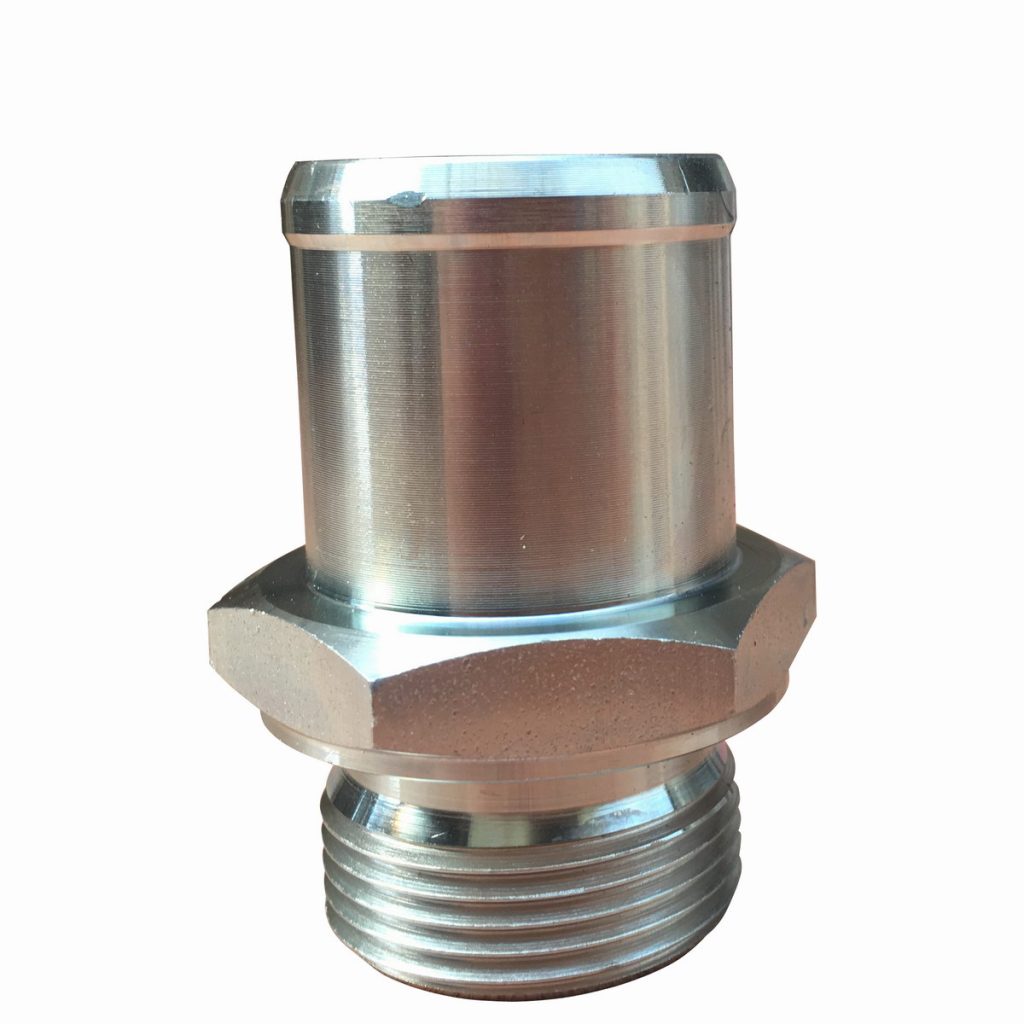
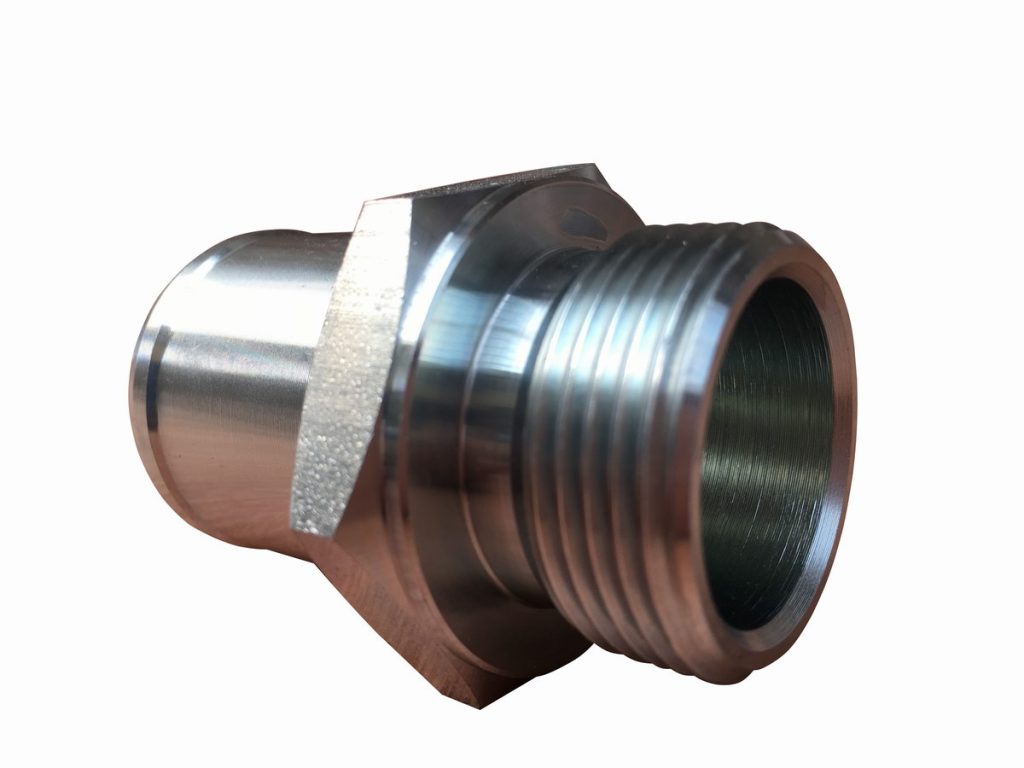
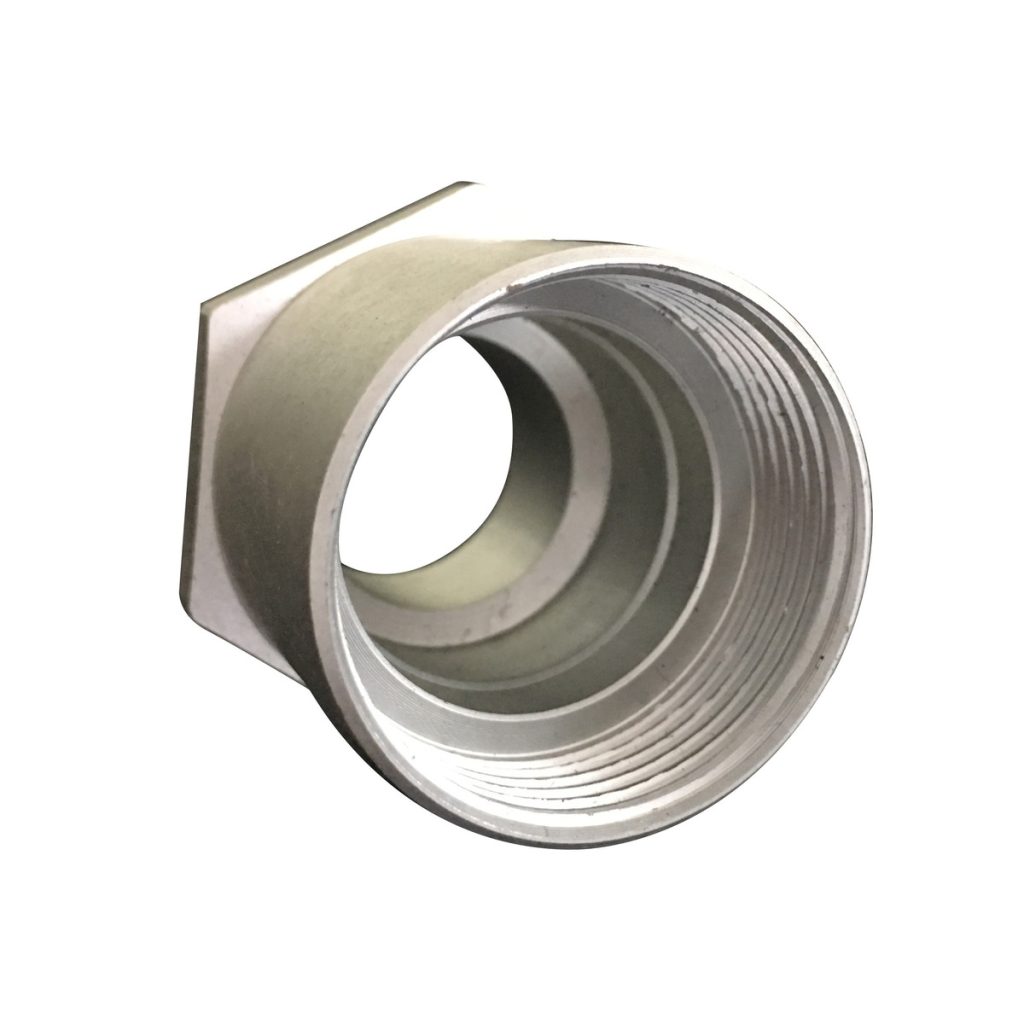
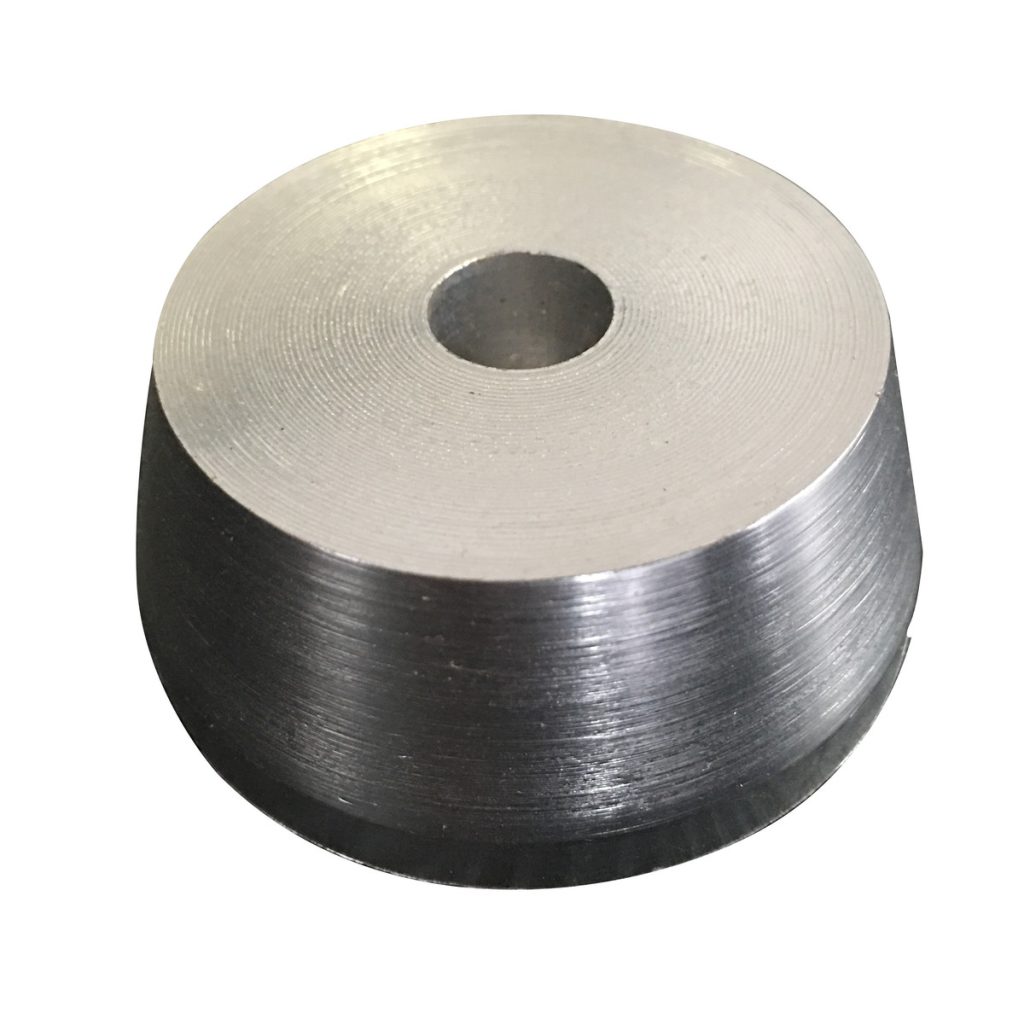
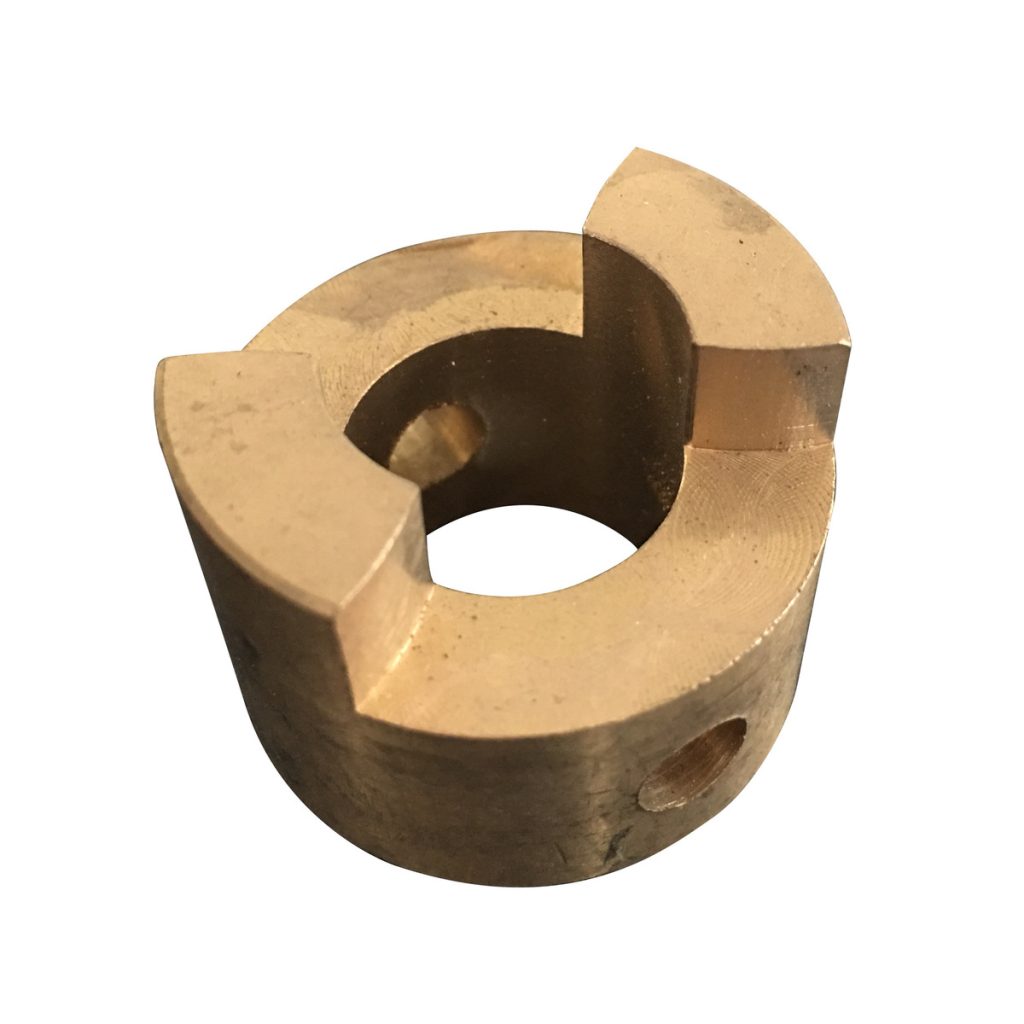
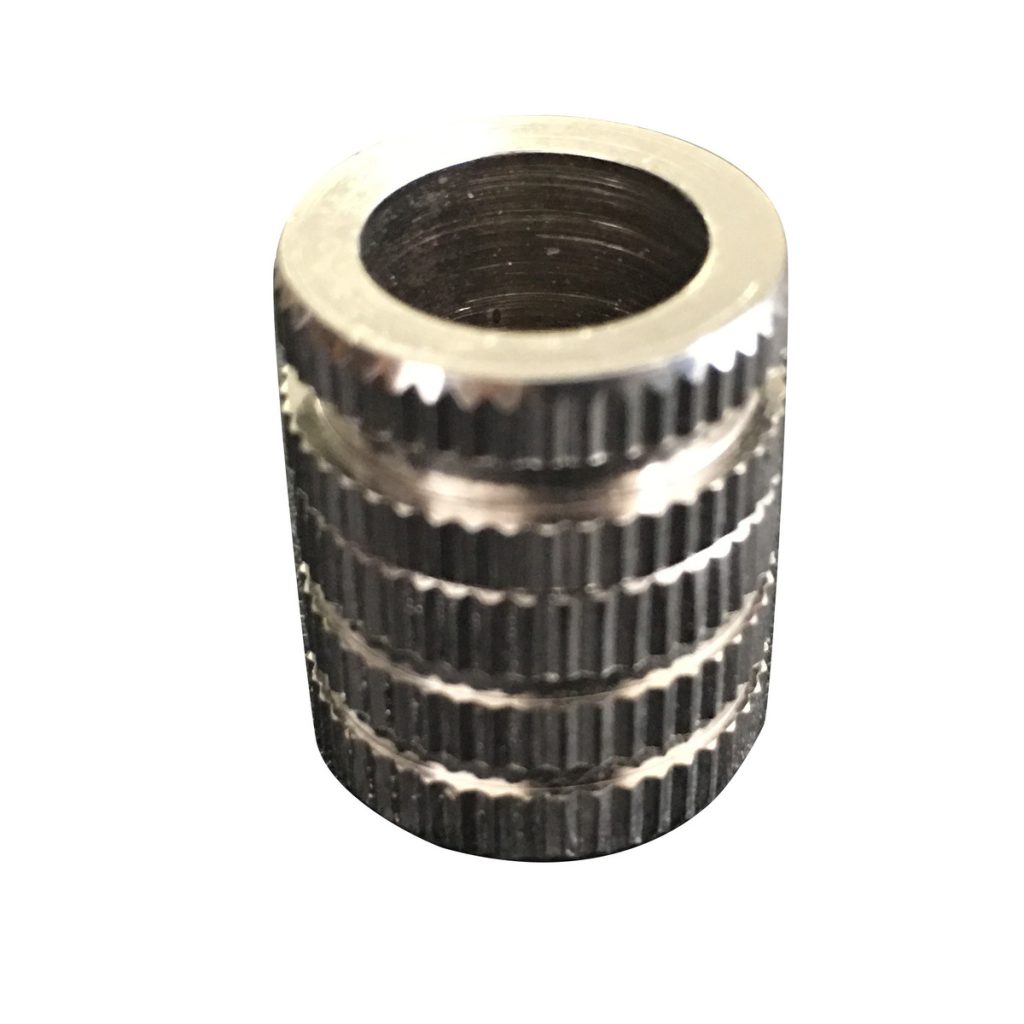
In the construction industry, hardware components guarantee infrastructure and structures’ safety and structural soundness. They make it possible for building parts to be assembled safely for simple and intricate industrial and residential projects. Hardware components with versatility are necessary for a wide range of construction applications.
Creating cutting-edge materials, coatings, and surface treatments to improve wear resistance, corrosion resistance, and overall performance is considered an innovation in the hardware part manufacturing process. Furthermore, investment casting methods are still being refined to maximise the creation of intricate hardware parts.
